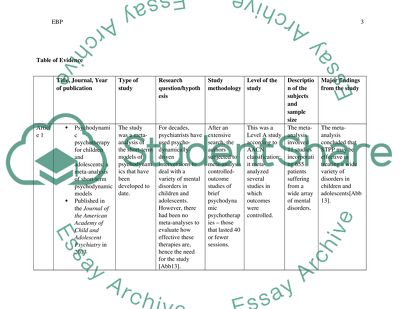Cite this document
(“EBP Assignment Example | Topics and Well Written Essays - 1500 words”, n.d.)
EBP Assignment Example | Topics and Well Written Essays - 1500 words. Retrieved from https://studentshare.org/nursing/1677323-ebp
EBP Assignment Example | Topics and Well Written Essays - 1500 words. Retrieved from https://studentshare.org/nursing/1677323-ebp
(EBP Assignment Example | Topics and Well Written Essays - 1500 Words)
EBP Assignment Example | Topics and Well Written Essays - 1500 Words. https://studentshare.org/nursing/1677323-ebp.
EBP Assignment Example | Topics and Well Written Essays - 1500 Words. https://studentshare.org/nursing/1677323-ebp.
“EBP Assignment Example | Topics and Well Written Essays - 1500 Words”, n.d. https://studentshare.org/nursing/1677323-ebp.


